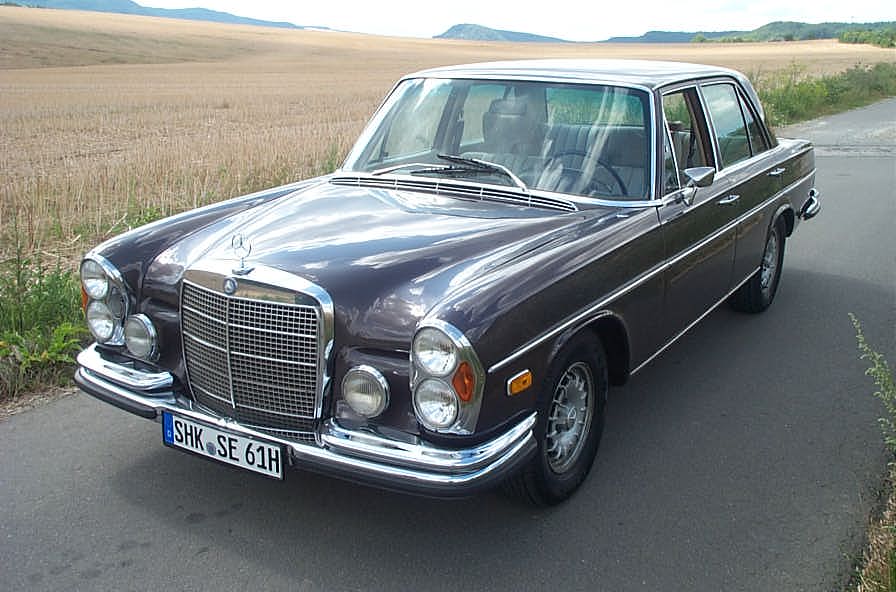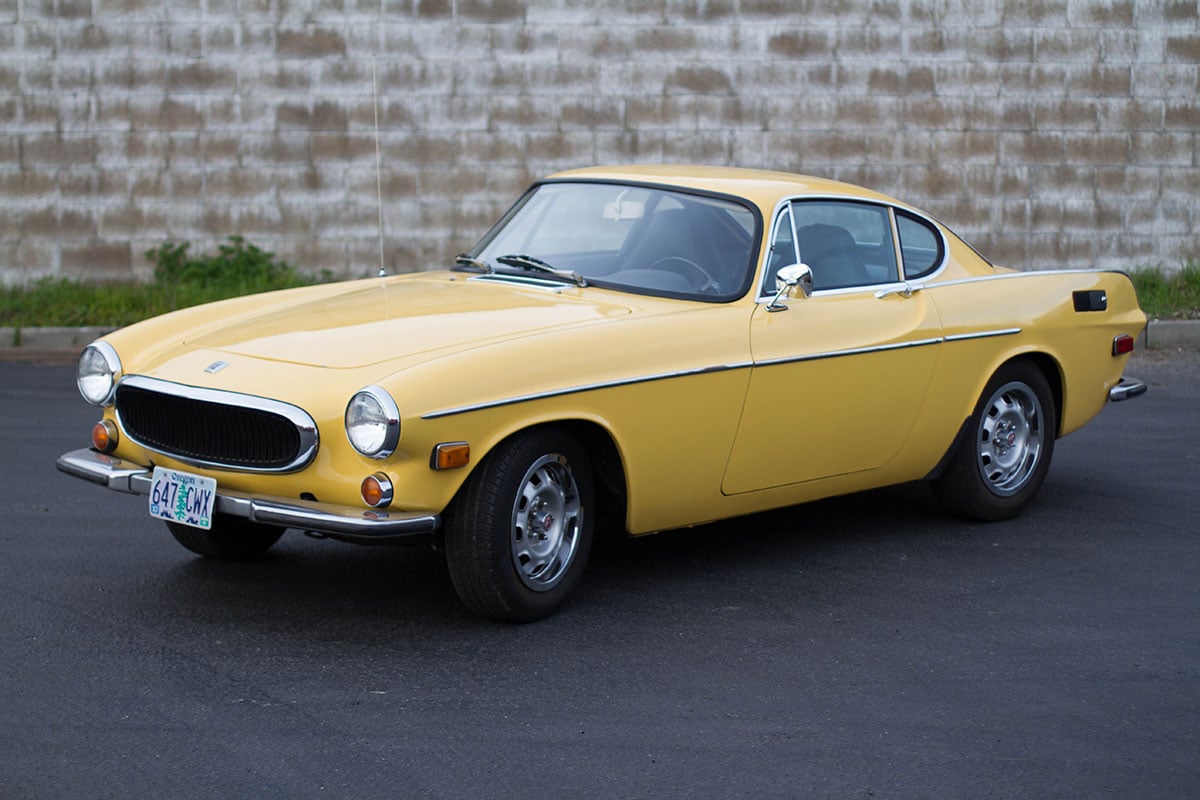Unleashing the Beast: A Comprehensive Guide to the Dodge Viper
The Dodge Viper: A Brief History of America's Most Intense Production Car
The Dodge Viper is a name that evokes power, performance, and sheer exhilaration. Born from a vision to create a modern-day American muscle car, the Viper has become an icon in the automotive world. Let's take a journey through its captivating history.
In the late 1980s, the idea for the Dodge Viper was conceived by a team led by Bob Lutz, then-President of Chrysler Corporation. Inspired by the raw power and charisma of the Shelby Cobra, the Viper was envisioned as a no-compromise, high-performance sports car that would make a statement on the road. To bring their vision to life, Chrysler partnered with Lamborghini, the renowned Italian sports car manufacturer. The first concept car was unveiled at the North American International Auto Show in 1989, captivating the audience with its aggressive design and promising potential.
The production version of the Dodge Viper, known as the RT/10, made its debut in 1992. With its long hood, muscular fenders, and iconic side-exit exhaust, the Viper turned heads wherever it went. Underneath its sleek exterior resided an 8.0-liter V10 engine, producing a staggering 400 horsepower. The Viper's performance matched its looks. It boasted blistering acceleration and a top speed that pushed the boundaries of what was possible in an American sports car. Its lightweight construction, including an aluminum body and tubular steel frame, contributed to its exceptional agility and handling prowess. Over the years, the Dodge Viper continued to evolve and impress.
The second generation, introduced in 1996, brought the Viper GTS with a coupe body style and a more refined interior. Power output increased to 450 horsepower, further solidifying its reputation as a performance beast. With each subsequent generation, the Viper continued to push the envelope.
The third generation, unveiled in 2003, featured advancements in handling and a more powerful 500-horsepower V10 engine. The fourth generation, introduced in 2008, brought further refinements and increased power output to a mind-boggling 600 horsepower. The Viper wasn't just a formidable street machine—it excelled on the racetrack as well. It set numerous records and achieved success in various motorsport events, including endurance races and the iconic 24 Hours of Le Mans. Sadly, in 2017, Dodge announced that the fifth-generation Viper would be the final production model. The Viper left behind a lasting legacy, representing the pinnacle of American automotive engineering and performance. The Dodge Viper will forever be remembered as a symbol of uncompromising power and unbridled enthusiasm. It captured the hearts of automotive enthusiasts worldwide, leaving an indelible mark on the history of American sports cars.
As we bid farewell to this legendary beast, we celebrate its legacy and the memories it created for those fortunate enough to experience its roaring engine and adrenaline-inducing performance. The Dodge Viper will always stand as a testament to the pursuit of automotive excellence and the enduring spirit of American muscle.
Which One to Buy, What to Look Out For
If you're considering owning a Dodge Viper, it's crucial to understand the different generations and their characteristics. Here's a brief overview to help you make an informed decision:
1. First Generation (1992-1995): Known as the RT/10, these early Vipers feature a convertible body style and a powerful 8.0-liter V10 engine. Look out for signs of wear on the interior and be mindful of the lack of modern amenities.
2. Second Generation (1996-2002): The Viper GTS introduced a coupe body style and a more refined interior. Check for any signs of electrical issues and ensure that routine maintenance has been performed diligently.
3. Third Generation (2003-2006): With improvements in handling and power, the third-gen Viper offers a more refined driving experience. Pay attention to the condition of the clutch and suspension components.
4. Fourth Generation (2008-2010): This generation saw further enhancements in performance, including a more aerodynamic design and increased power output. Look for signs of engine overheating and inspect the tires for wear.
5. Fifth Generation (2013-2017): The final iteration of the Viper features a modernized design and the most powerful engine to date. Be aware of potential issues with the transmission and ensure that all recalls have been addressed.
Dodge Viper Car Values
The value of a Dodge Viper can vary based on factors such as age, condition, rarity, and demand. Early models, especially limited editions or low-mileage examples, tend to command higher prices. It's advisable to consult trusted automotive valuation guides or engage with Viper-specific online communities to gauge the current market value accurately.
Please note that the following price ranges are approximate and based on market trends from a few years ago. The actual prices may have varied depending on specific factors such as condition, mileage, and location. These figures are provided to give you a general idea of the range of prices for each generation of the Dodge Viper in the US:
- First Generation (1992-1995):
- RT/10 Convertible: $30,000 - $60,000
- RT/10 Convertible (low mileage, excellent condition, limited edition): $60,000 - $100,000+
- Second Generation (1996-2002):
- GTS Coupe: $40,000 - $70,000
- GTS Coupe (low mileage, excellent condition, limited edition): $70,000 - $120,000+
- Third Generation (2003-2006):
- SRT-10 Convertible: $45,000 - $80,000
- SRT-10 Convertible (low mileage, excellent condition, limited edition): $80,000 - $130,000+
- Fourth Generation (2008-2010):
- SRT-10 Coupe: $60,000 - $90,000
- SRT-10 Coupe (low mileage, excellent condition, limited edition): $90,000 - $150,000+
- Fifth Generation (2013-2017):
- SRT Viper: $80,000 - $120,000
- SRT Viper (low mileage, excellent condition, limited edition): $120,000 - $200,000+
Dodge Viper Export Figures
According to our export records and figures provided by IHS Markit, approximately just over 1,000 Dodge Vipers have been exported from the US in shipping containers.
Where To Find A Dodge Viper For Sale
When it comes to purchasing a Dodge Viper, numerous avenues are available to find one that suits your preferences. We've put together a list of sites where to find classic cars for sale.
You May Also Like
These Related Stories

Barn Find Economics: From Rust to Riches in the Global Market

This Volvo 1800 is one of the most beautiful classic cars ever made

-093789-edited.png?width=220&height=79&name=wcs_final_logo_(1)-093789-edited.png)